Red Firebug (Pyrrhocoris apterus)
August 2023
Kate Richardson, Extension Entomology Specialist • Erin Hodgson, Extension Entomology Specialist
Quick Facts
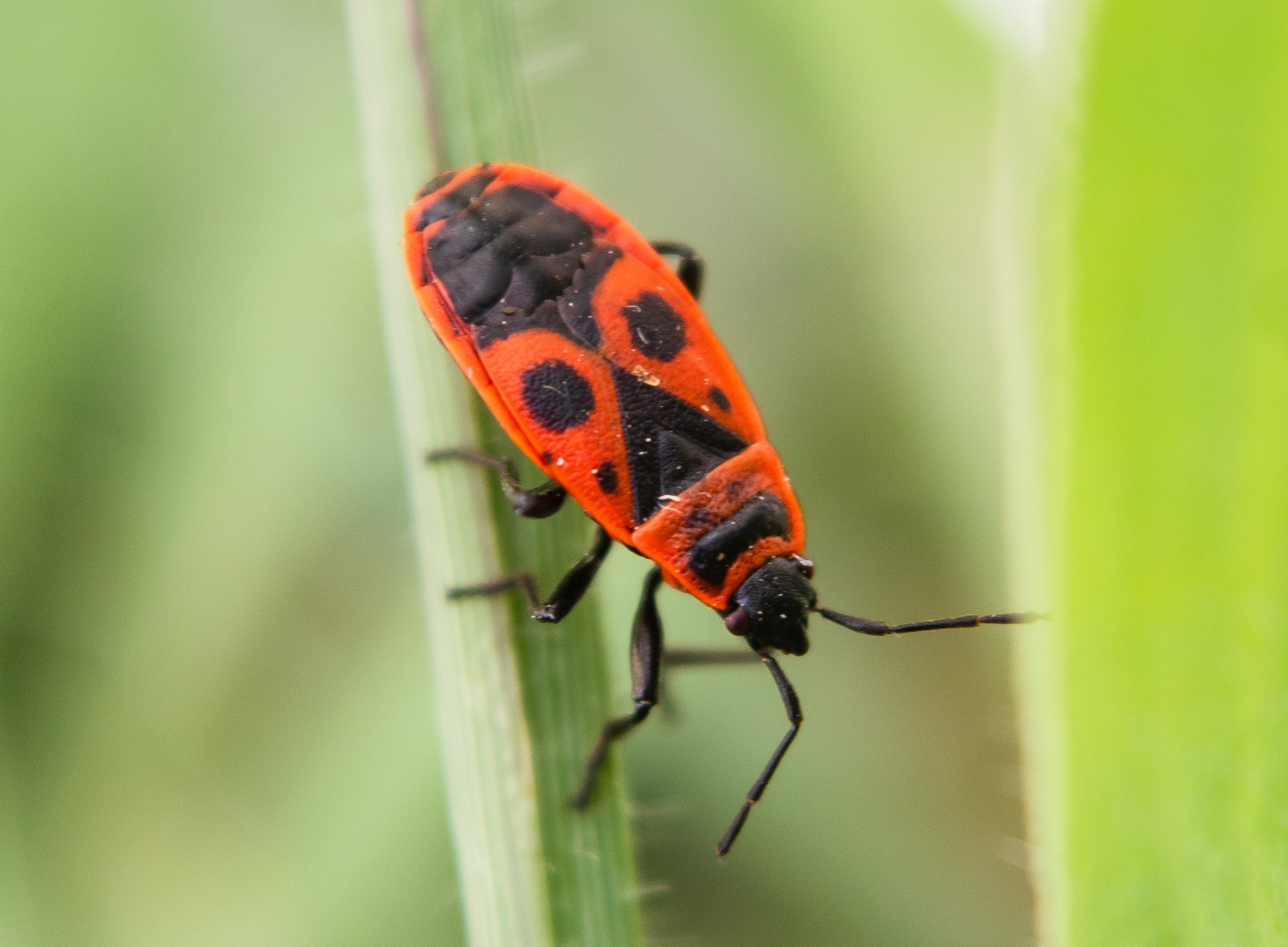
Fig. 1. Brachypterous (short-winged) adult red firebug.
- Red firebug was first discovered in North America in Salt Lake City, Utah, in 2008 and has continued to establish throughout much of Utah and southern Idaho.
- These insects feed on seeds from a wide range of plants but typically cause little plant damage that warrants control.
- They are a nuisance pest that most often cause problems by congregating in large numbers on homes and buildings or nearby plants.
- They often release a foul odor when disturbed or crushed and can permanently stain fabrics and carpets.
- Cultural control techniques ,such as reducing plant materials around the home and sealing entrances, are best to exclude them from homes.
Red firebug, Pyrrhocoris apterus (Heteroptera: Pyrrhocoridae), are true bugs with vibrant red and black coloration. These insects are native to central Europe but are also found in western Siberia, southwestern Mongolia, India, and northwestern China.
In 2008, red firebug was first discovered in North America in southeastern Salt Lake City, Utah, and has been expanding its range since. They are now established throughout Utah and Southern Idaho. Some forms are excellent fliers, and their range will likely continue expanding in urbanized areas.
How they arrived in the United States is currently unknown, but it is probable they were transported on plant material from Europe or Asia. In Europe and invaded areas, they feed on a wide range of dry, ripe seeds and are most commonly found on plants in the Malvaceae family.
Description
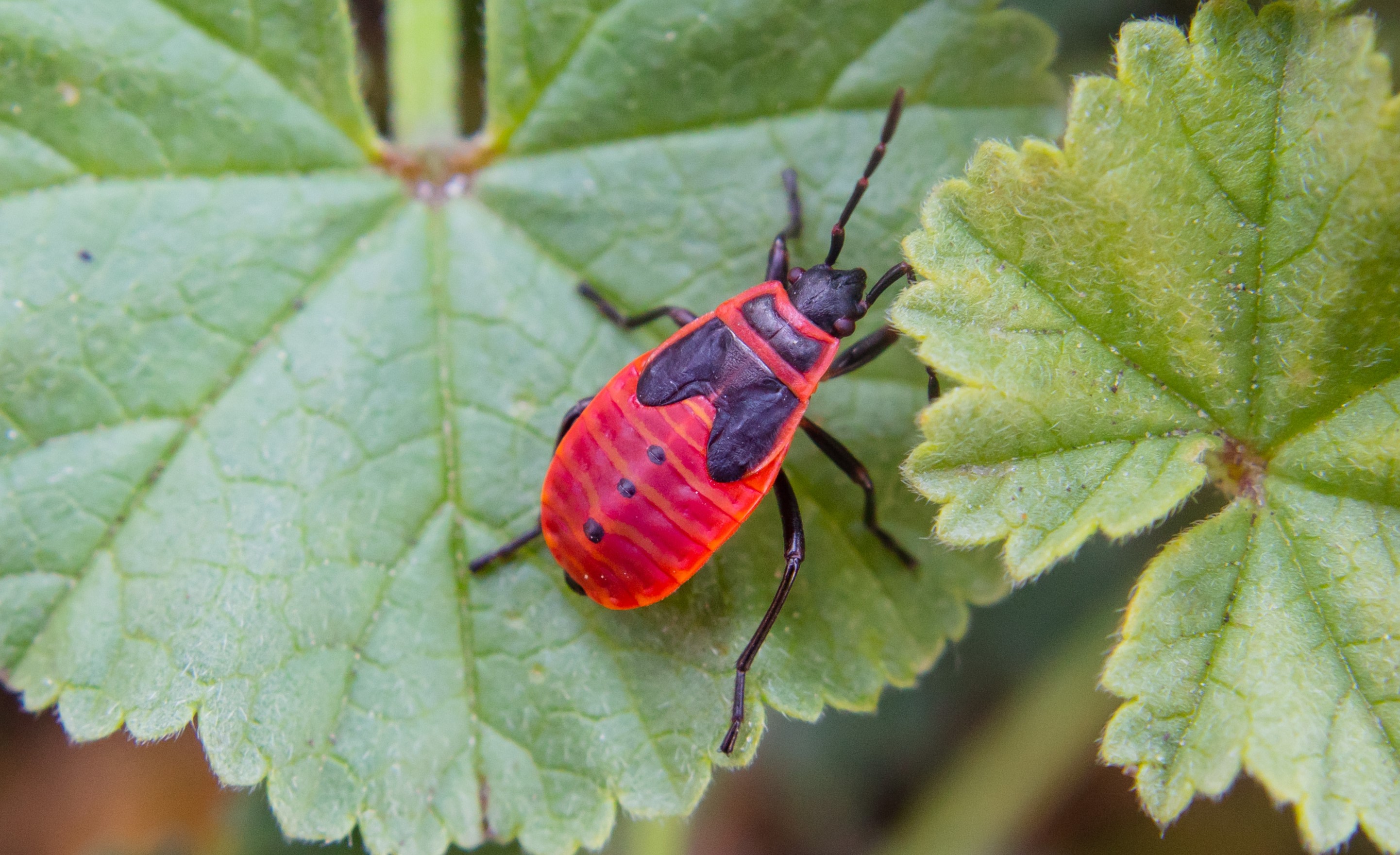
Fig. 2. Red firebug nymph near adulthood.
Red firebug adults are 1/4 to 1/2 inch long and similar in size to a boxelder bug. Adult males and females may be apterous (wingless), brachypterous (short-winged), or macropterous (fully winged). The most common form in Utah is the shortened-wing adult (Fig. 1). The characteristic forewing pattern is a red background with two pairs of black spots, and wings are typically held flat against the body at rest. Red firebug antennae have four segments, are slightly enlarged at the end, and are usually at least half the length of the body. The eyes are prominent, almost appearing to come from the “shoulders.”
Red firebugs go through simple metamorphosis (egg, nymph, adult) and typically have one generation per year, although some adults can live up to 2 years. The entire life cycle can take 2 to 3 months, depending on the temperature. Overwintered females lay 40 to 80 eggs in a lifetime, starting in April and May. Eggs are white but gradually turn yellow-red before hatching in 10 to 14 days. Red firebug nymphs go through five instars in 17 to 24 days before molting into adults.
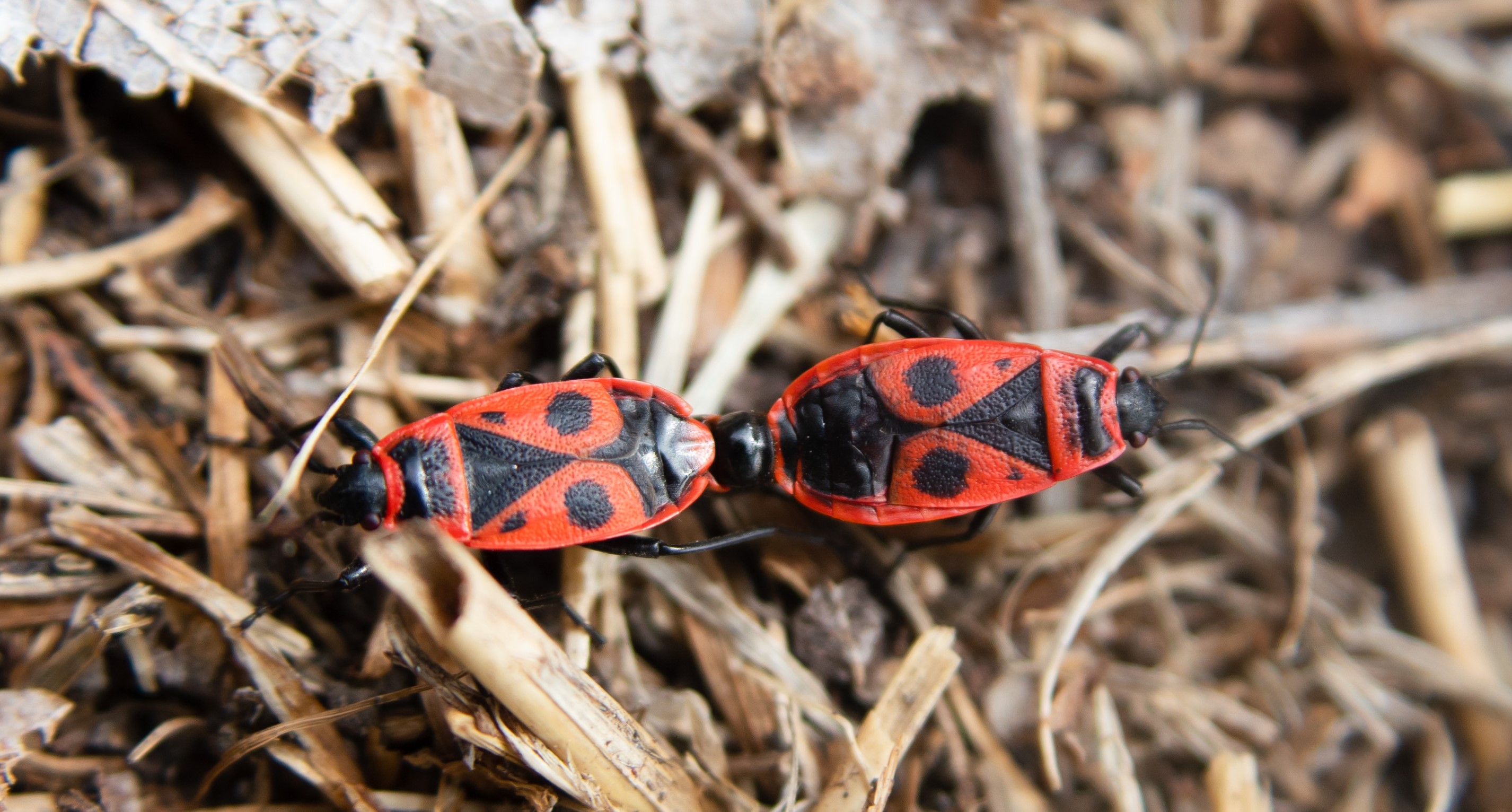
Fig. 3. Male (left) and female (right) adult red firebugs attached during mating.
Young nymphs look similar to boxelder bug nymphs, and the two are easily confused. Older nymphs are similar in size to adults but have reduced wing pads rather than developed wings (Fig. 2). All nymph stages typically show a line of three black dots down the center of their back.
Adults begin mating within a week of emerging and can often be seen attached for long periods (12 hours to 7 days; Fig. 3). However, females do not lay eggs until the next year. Adults overwinter by entering a resting stage called diapause when the day length is less than 12 hours per day.
Host Plants
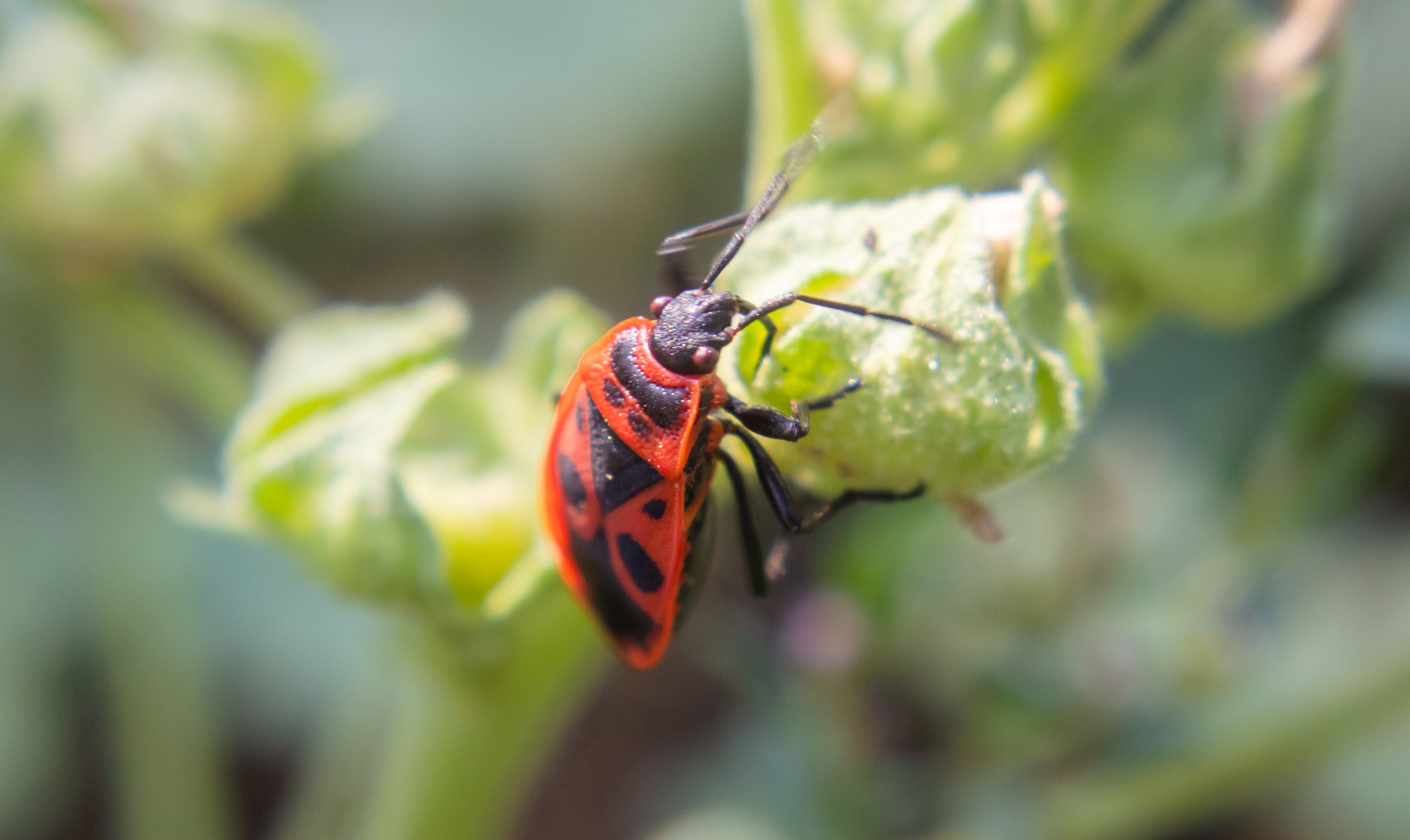
Fig. 4. Red firebug adult feeding on a common mallow plant (Malva neglecta) using their stylet mouthpart.
Utah has various ornamental plant species that are suitable hosts for red firebug:
- Common mallow (Malva neglecta)
- Globe mallow (Sphaeralcea ambigua)
- Checker-mallow (Sidalcea malvifora)
- Hollyhock (Alcea rosea)
- Hibiscus (Hibiscus spp.)
- Linden trees (Tilia spp.)
Nuisance Behavior
While their potential for damaging plants is not significant, the red firebug has already established itself as an urban nuisance throughout Utah. Nymphs and adults often avoid direct sunlight and seek shade during the day, often on homes and buildings. They are gregarious (social) insects and often form large aggregations near plants during late fall (Fig. 5). This is when they are most likely to enter homes or other structures, seeking overwintering sites.
Red firebugs can be especially unpleasant in the home as they can release a foul odor from scent glands when handled roughly or disturbed. They can also regurgitate offensive-smelling fluids from their guts. In addition to their smell, they may permanently stain carpets or fabrics when crushed. While they are undesirable guests in the home, they cannot sting or bite humans or pets.
Despite their warning coloration, red firebugs have numerous natural enemies and will respond to potential threats by releasing their odors and stomach fluids. Natural enemies reported from Europe include mites, birds, mammals, and amphibians, but more research is needed to understand what might predate them in Utah.
Management
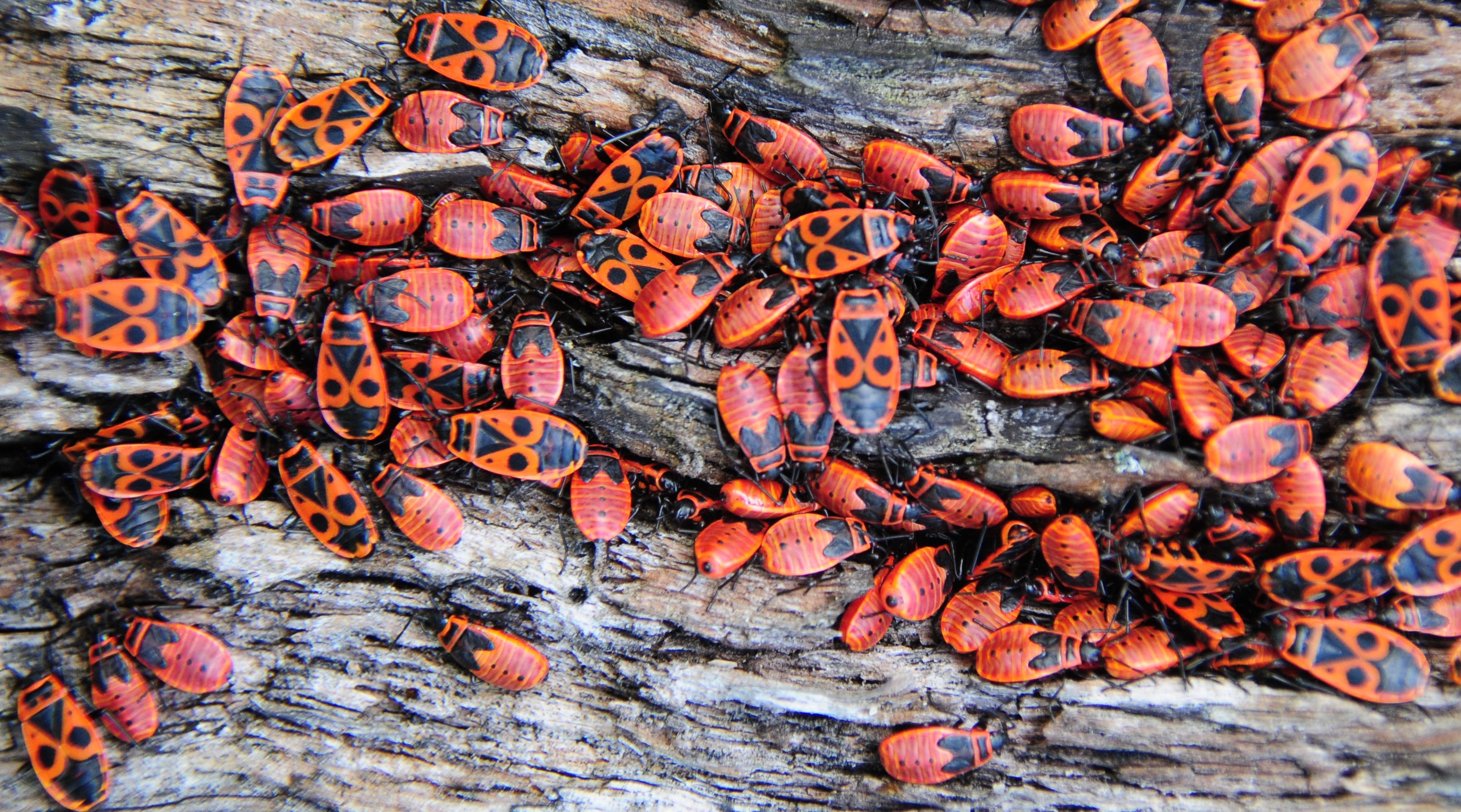
Fig. 5. Aggregation of various red firebug life stages on a tree trunk. Image courtesy of Henk Monster, Wikimedia Commons.
There are several effective nonchemical tactics to minimize outbreaks:
- True bugs, especially the nymphs, are easily drowned. Regularly using a high-pressure garden hose to directly spray red firebug aggregations can effectively reduce populations.
- Spraying red firebugs with soap can be used as an alternative to synthetic insecticides. Mix approximately 1/2 cup of a liquid dish soap into 1 gallon of water and pour in a squirt bottle. Spray the mixture directly on red firebugs as often as necessary. Soap only kills the bugs that are directly sprayed and has no residual effects once dry.
- To avoid accidental entry into the home, caulk or seal openings, foundation cracks, windows, and around plumbing, gas, or electrical conduits. Use weather stripping around doors and windows and keep window screens in good repair.
- Keep a plant- and weed-free barrier of 1 to 2 feet around the home’s exterior This will reduce the amount of habitat and the likelihood of entering the structure.
- Remove any red firebugs you find indoors. To prevent odors and stains, use a knee-high nylon stocking inside of a vacuum hose. Place the closed end several inches inside the vacuum hose, and fold the cuff end back around the hose’s open end, securing it with a rubber band. Then vacuum up any insects and knot the nylon to secure the insects. Dispose of them in an outside garbage or release them outside at a location far from the home.
References
- Endrestol, A., & Roth, S. (2020). The firebug Pyrrhocoris apterus (Linnaeus, 1758) (Hemiptera, Heteroptera) new to the Norwegian fauna – with an explosive expansion in Northern Europe. Norwegian Journal of Entomoloy, 67.
- Kristenová, M., Exnerová, A., & Štys, P. (2011). Seed preferences of Pyrrhocoris apterus (Heteroptera: Pyrrhocoridae): Are there specialized trophic populations? European Journal of Entomology, 108(4), 581–586. https://doi.org/10.14411/eje.2011.075
- Stokes, B., & Wenninger, E. J. (2022, March). Red fire bug—a new Idaho invader? [Fact Sheet]. University of Idaho Extension.
- Thompson, L. (2017, October 6). European firebug spreads in Utah. Natural History Museum of Utah.

